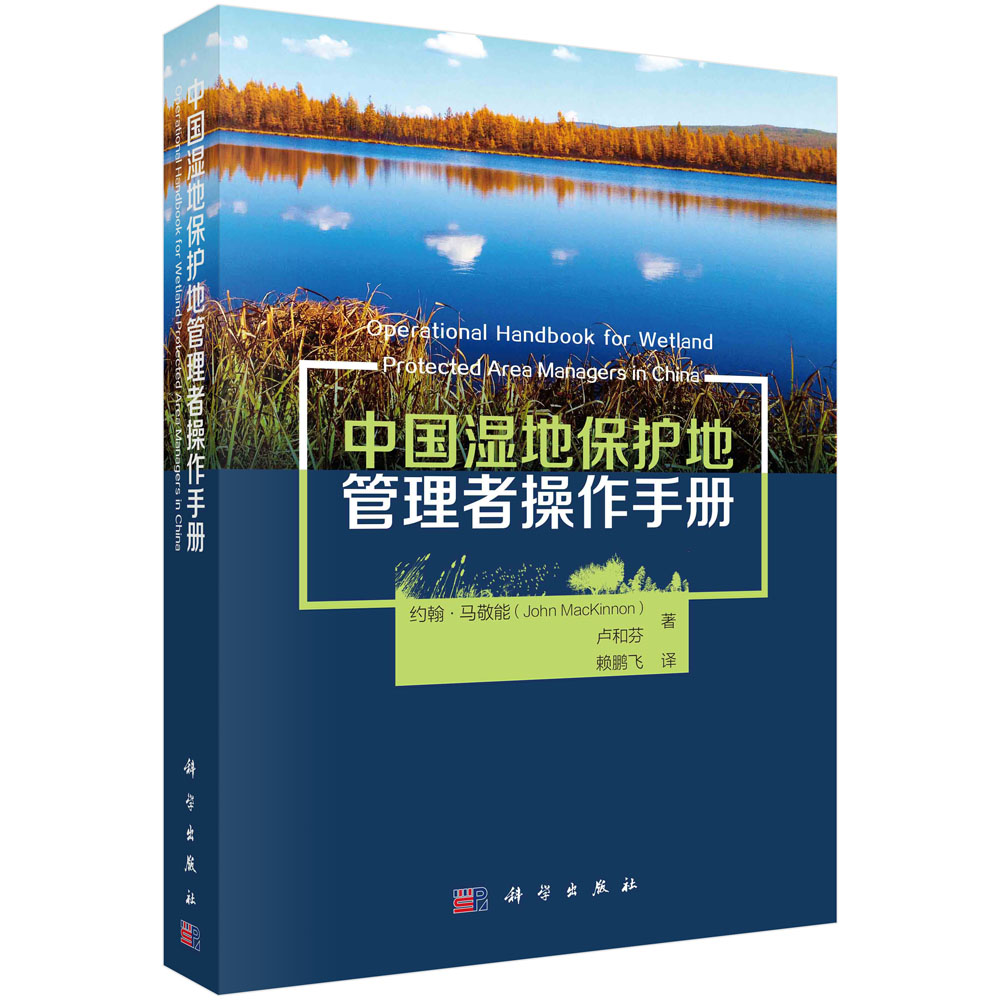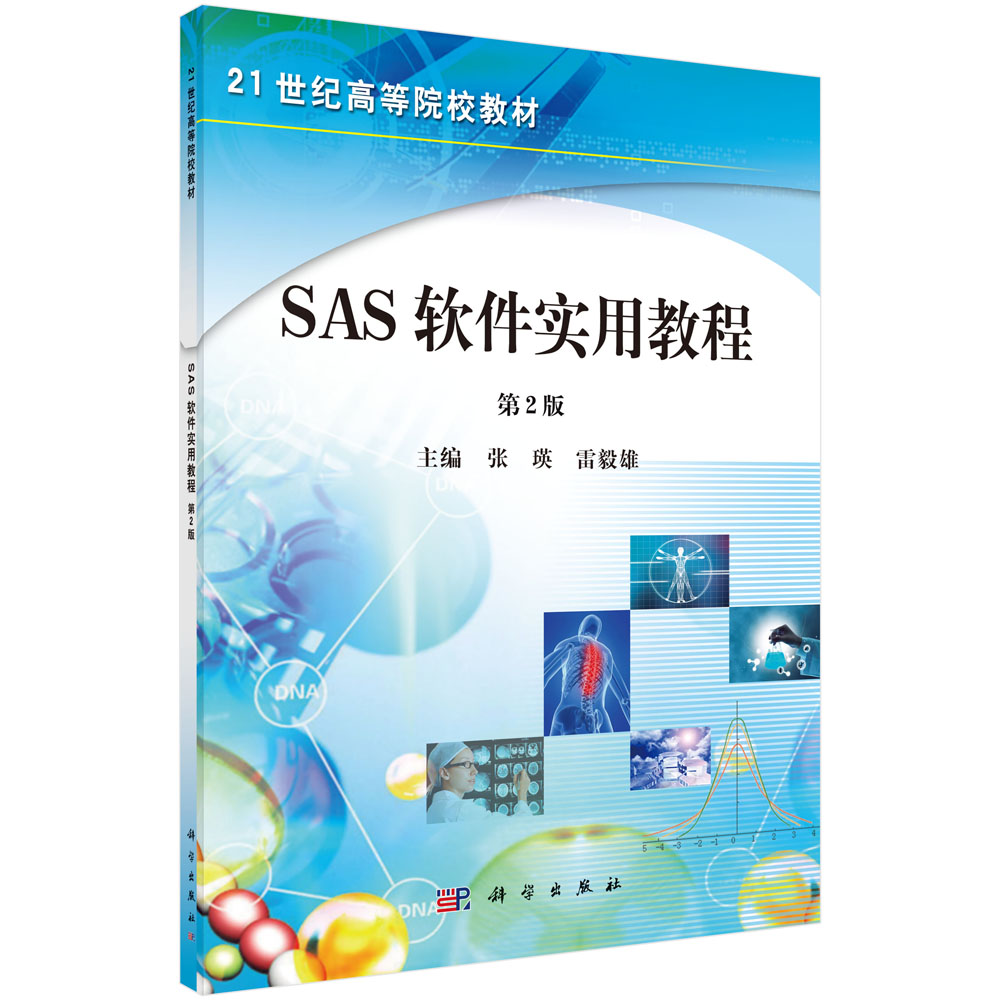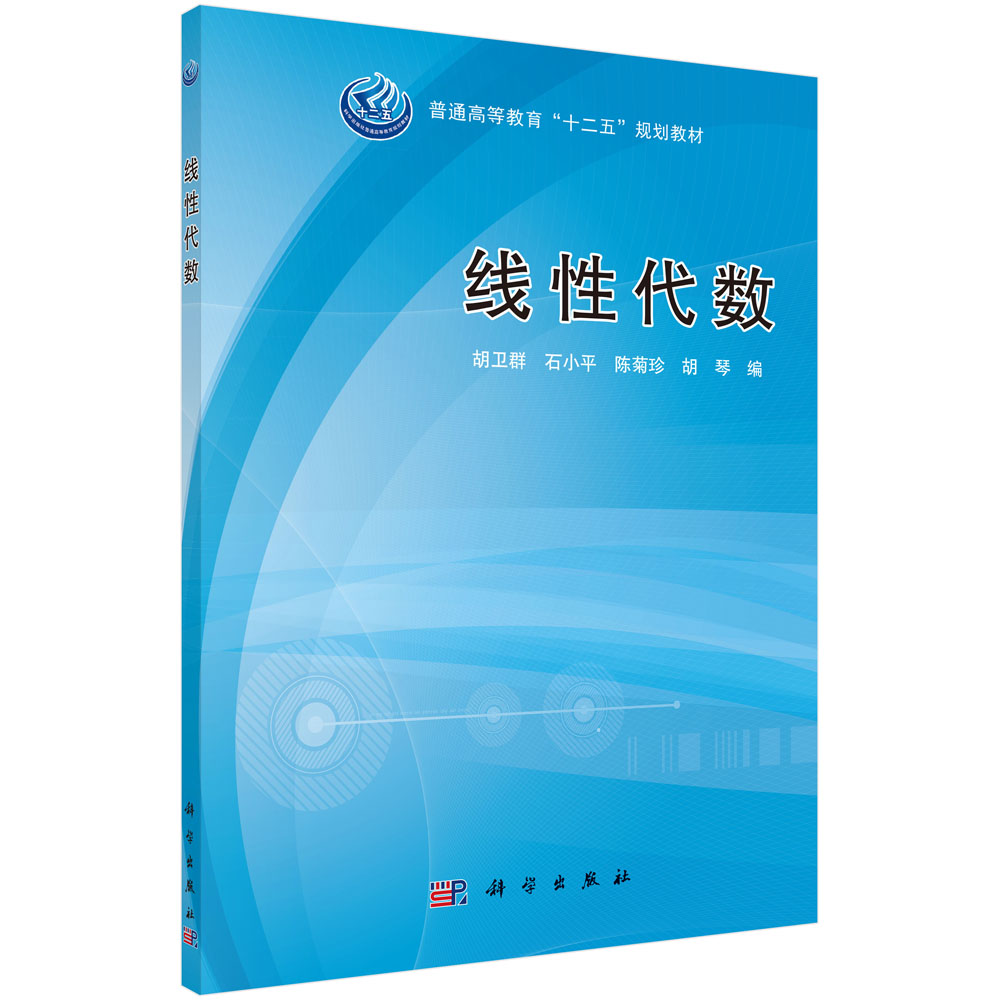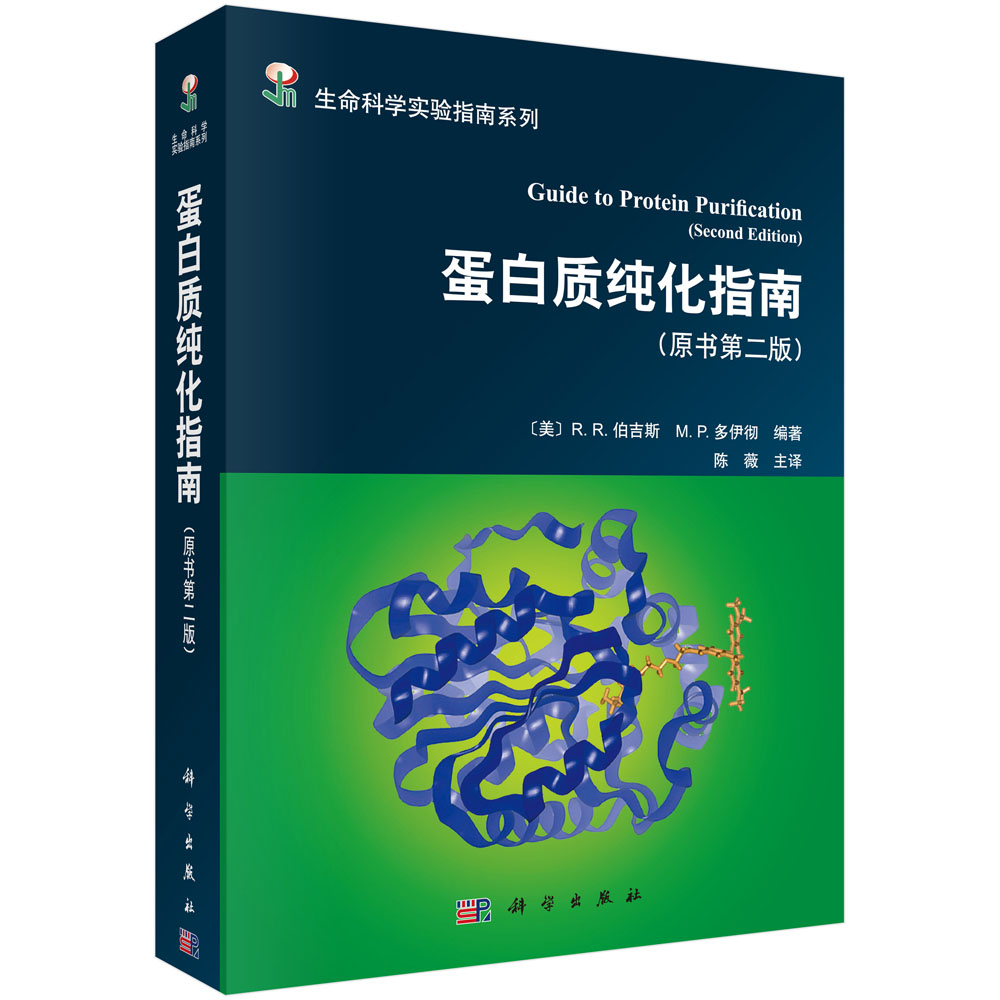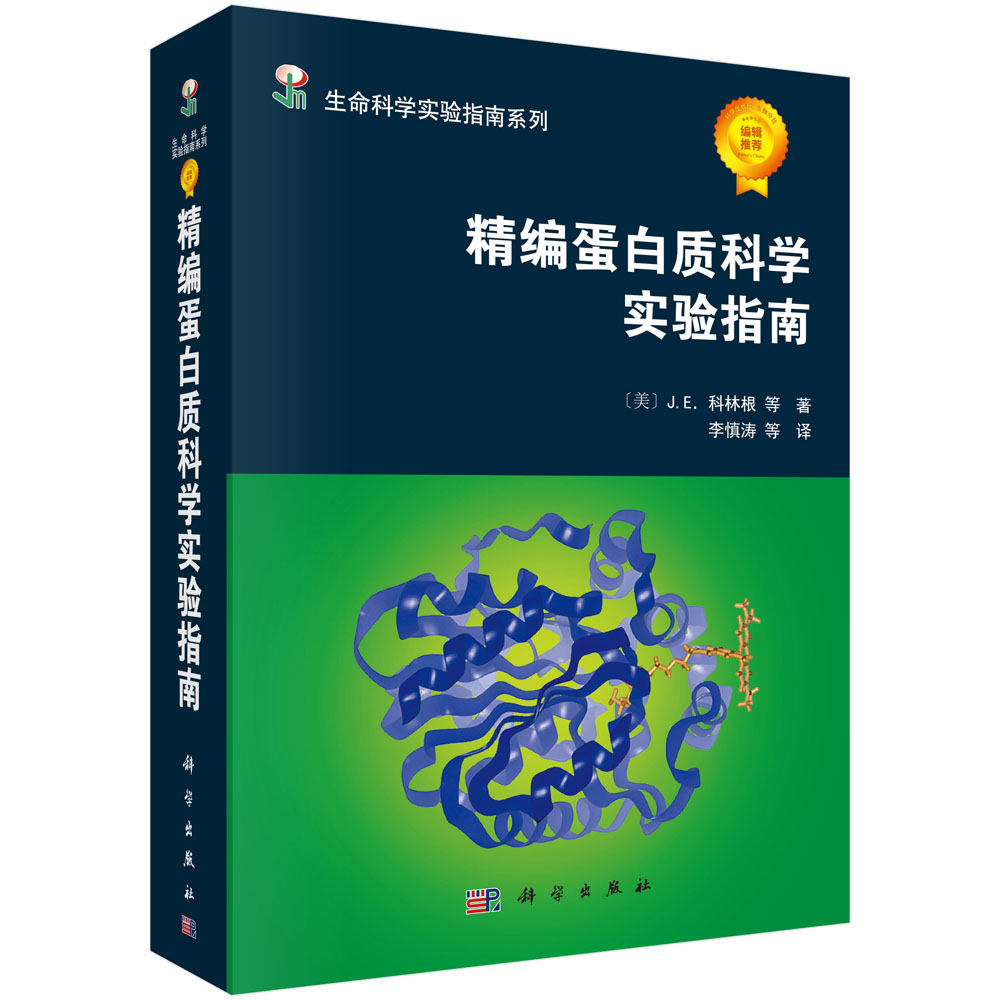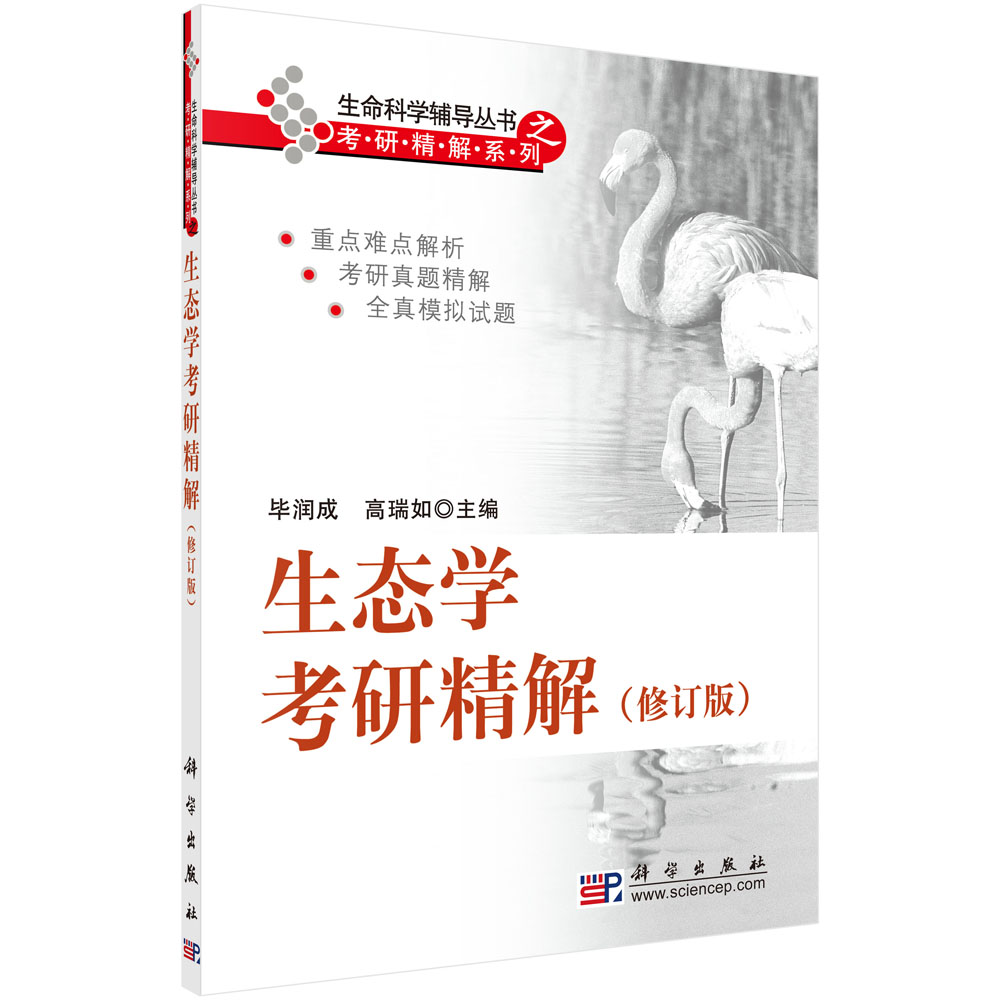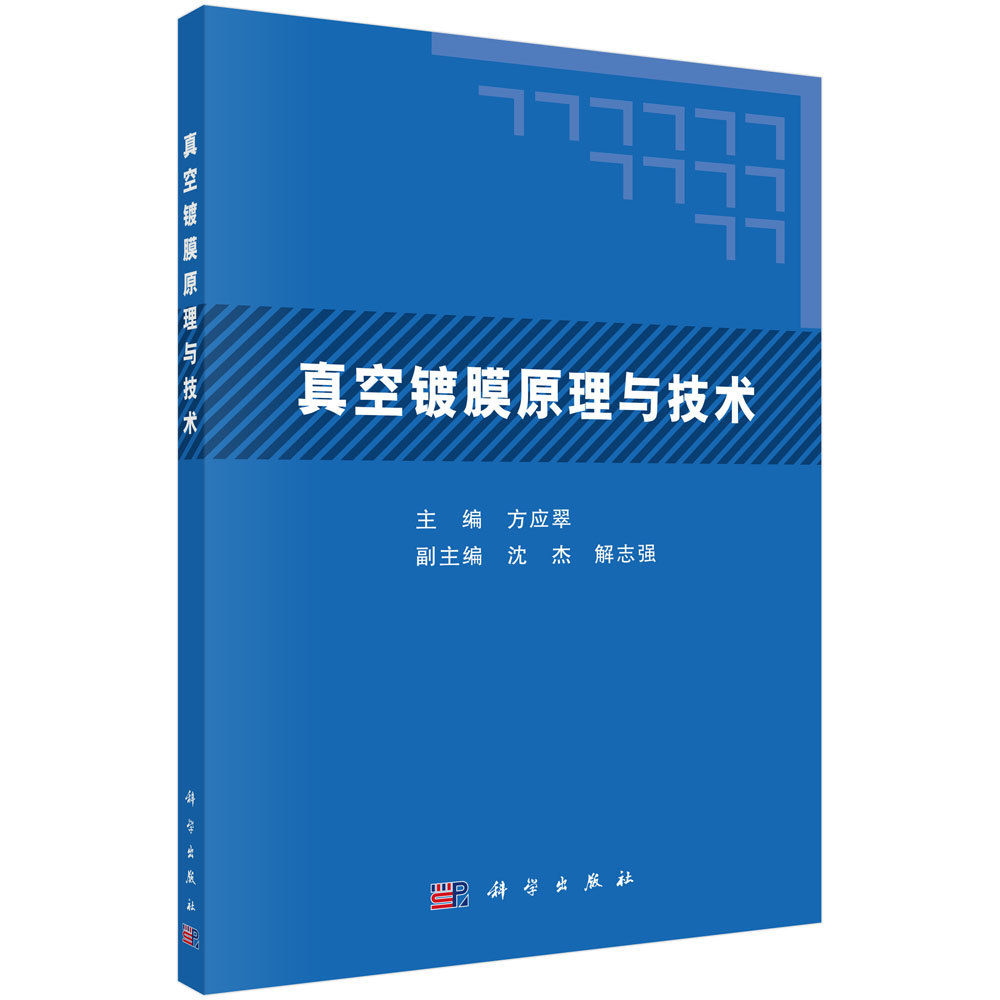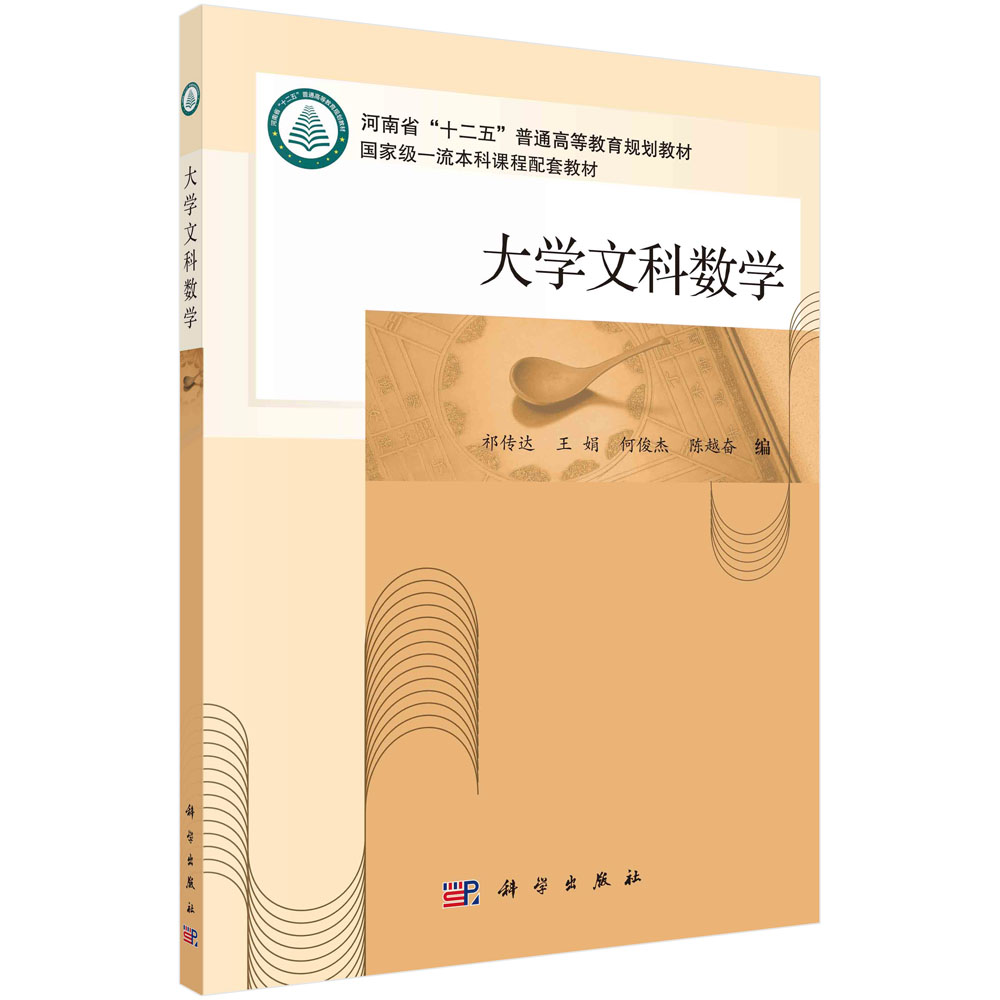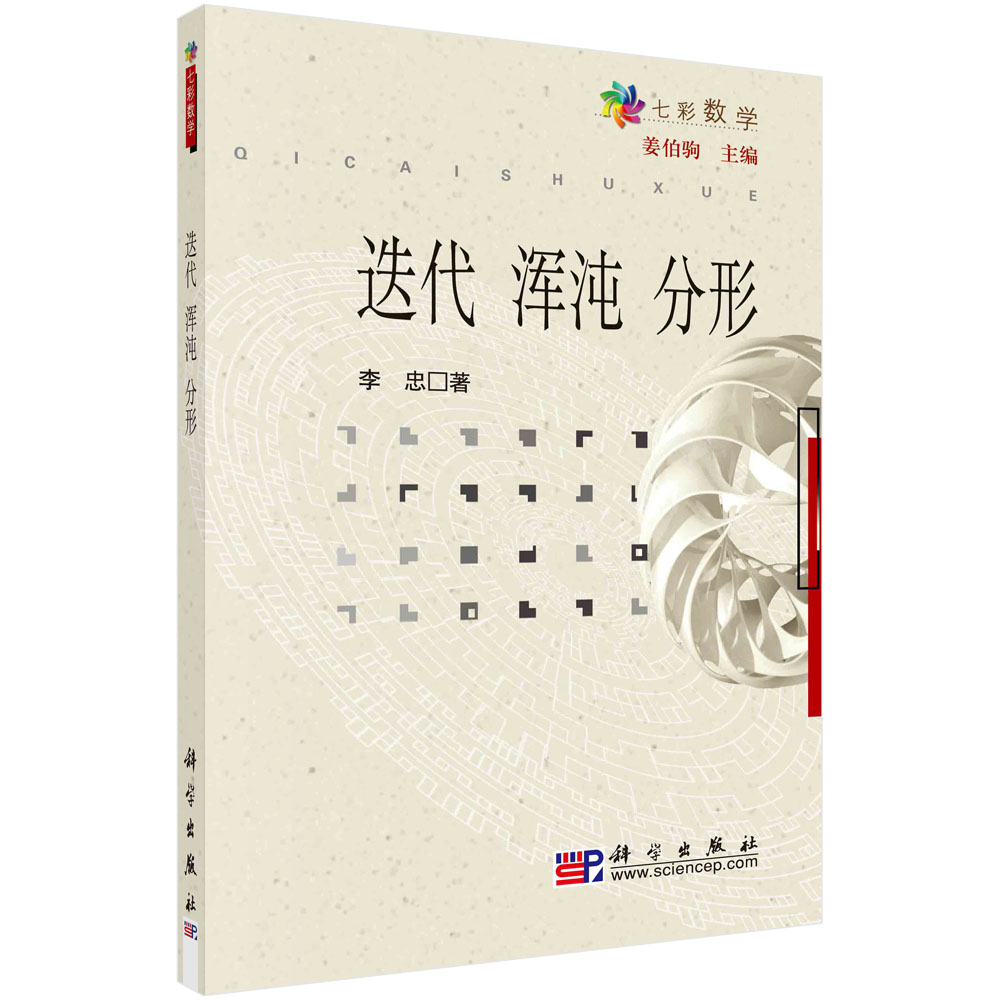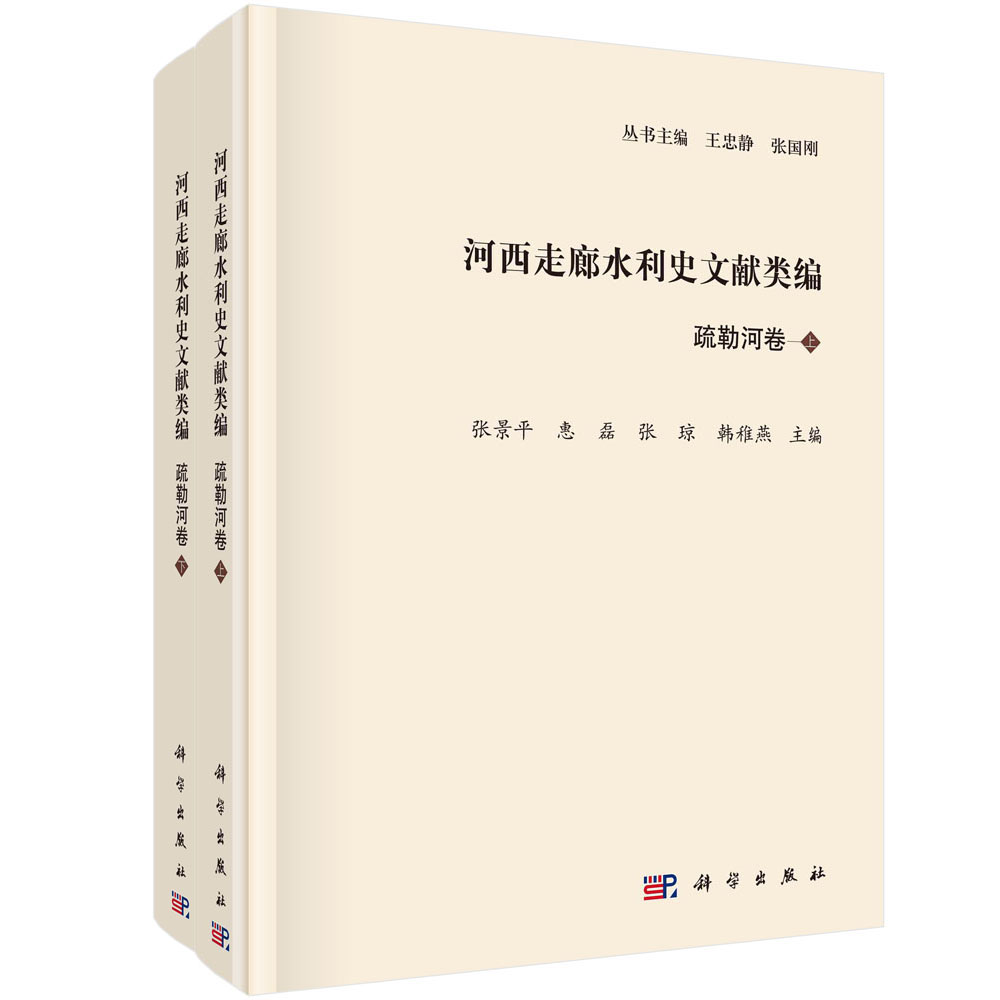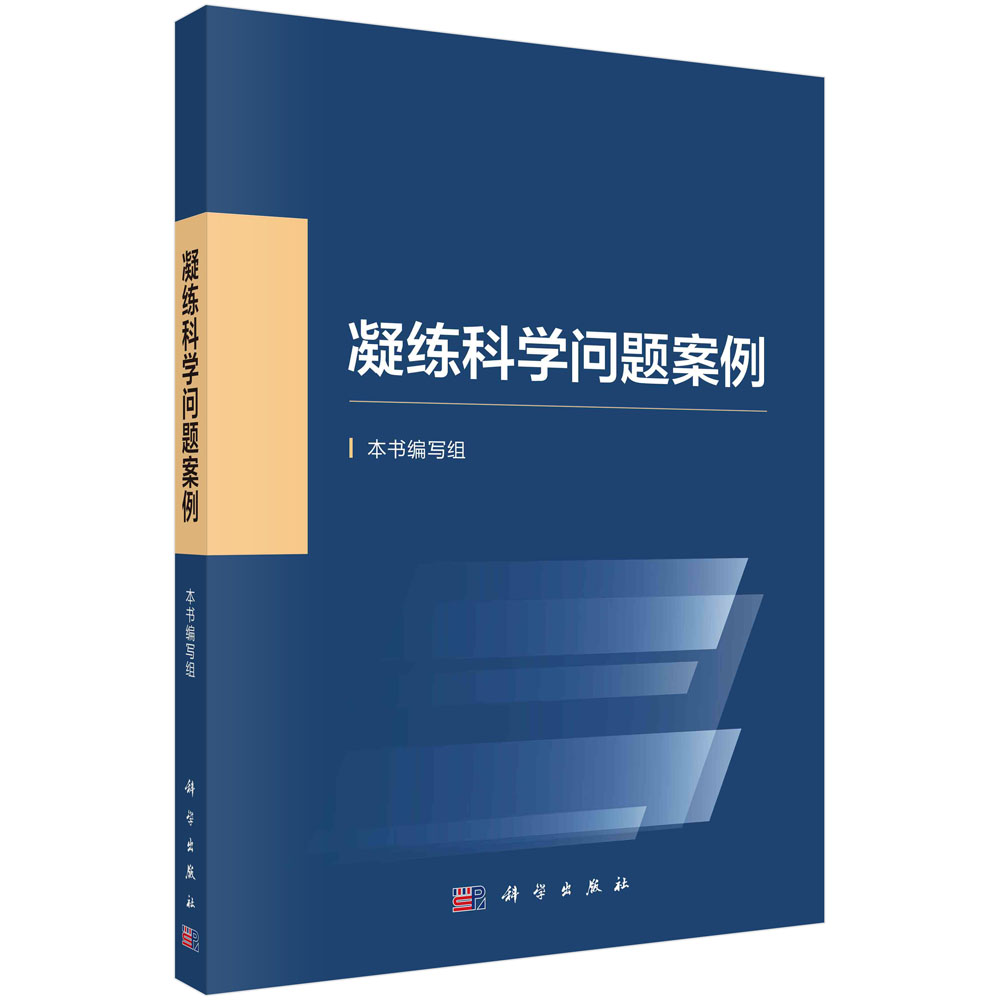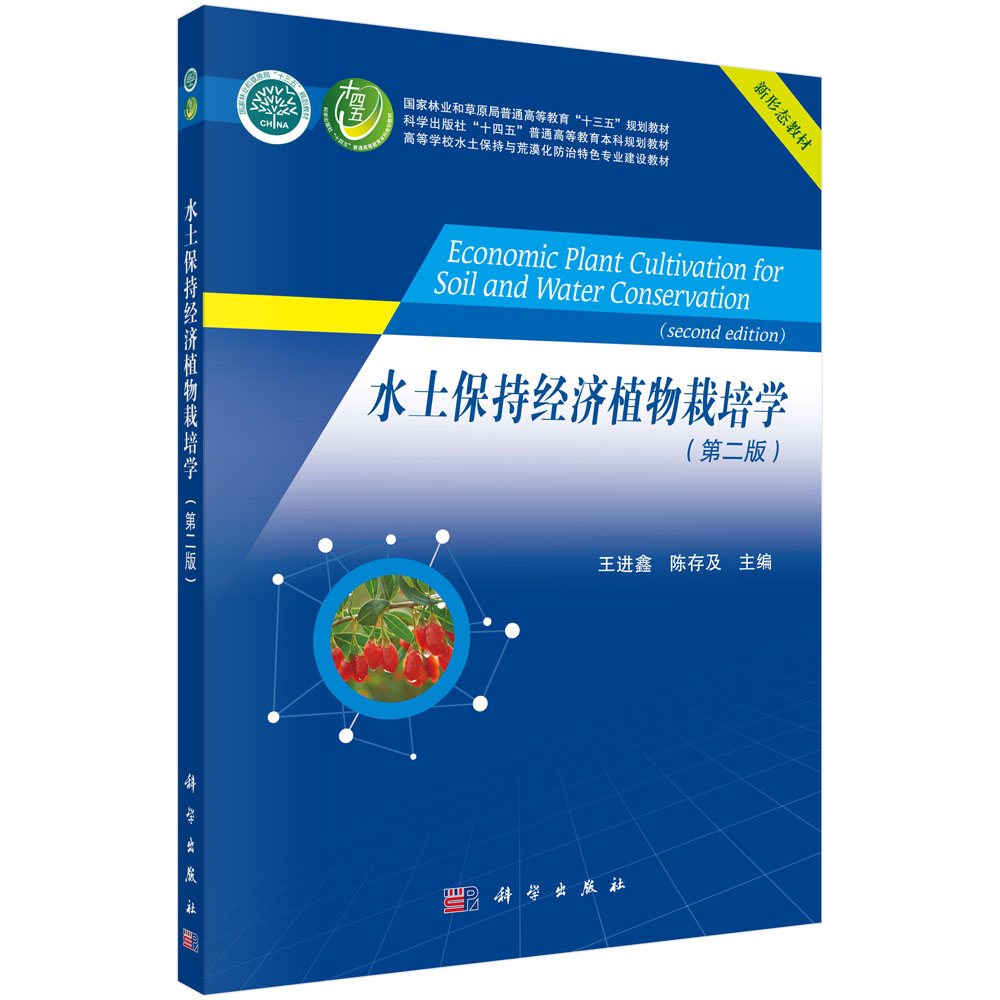本书是一本为中国湿地保护地管理者编写的实用手册。分为8部分:第1部分湿地简介;第2部分湿地基本知识和理论;第3部分湿地保护地的规划;第4部分栖息地管理;第5部分物种管理;第6部分主流化与传播;第7部分运行;第8部分监测和报告。书后附录了相关国际组织、湿地生物多样性公约/计划、最佳实践指南、湿地野外作业建议、湿地管理适用的生态原则、特定指标监控的具体内容、选择适当的统计测试方法、巡护和监测报告样表、改善中国湿地保护所需要的改革方案与实践变更汇总等。由全球环境基金“增强湿地保护地子系统管理有效性,保护具有全球意义的生物多样性” 项目支持出版。
样章试读
目录
- 目录
前言
第1部分 湿地简介 1
1.1 定义 1
1.2 湿地的重要性何在? 1
1.3 生物多样性如何促进湿地功能? 4
1.4 湿地调查 4
1.5 湿地的多种用途 5
1.6 湿地的动态属性 6
第2部分 湿地基本知识和理论 7
2.1 中国湿地的分布和类型 7
2.2 中国的湿地保护地系统 8
2.2.1 国际保护地分类法和中国国内的保护地分类法 8
2.3 湿地法律法规 8
2.4 中国湿地面临的威胁 9
2.4.1 栖息地的丧失 9
2.4.2 污染 10
2.4.3 引水 10
2.4.4 地下水位的降低 11
2.4.5 盐化作用 11
2.4.6 富营养化 11
2.4.7 氧气的丧失 12
2.4.8 外来入侵物种 13
2.4.9 过度捕捞和狩猎 14
2.4.10 风轮机、线缆、建筑物和机场 15
2.4.11 机场和鸟网 16
2.4.12 气候变化 17
2.4.13 海平面不断上升 17
2.5 必须认识整个生态系统 18
2.5.1 多样性意味着安全性 19
2.6 迁徙物种的特殊需要 20
2.7 对连通性的需求 20
2.8 实现可持续利用 21
2.8.1 “源”和“汇” 21
2.8.2 最佳/最大可持续渔获量 21
2.8.3 议定限额 22
2.8.4 禁捕季节/禁渔区 22
2.8.5 鱼类大小限制 22
2.8.6 网眼大小 22
2.8.7 严禁使用的捕捞方法 22
2.8.8 亚洲的部分传统捕捞方法 23
2.8.9 过度捕捞的迹象 24
2.9 保护区设计中的生物地理原则 24
2.10 减缓气候变化 25
2.10.1 极端天气事件 25
2.10.2 永冻土层 25
2.10.3 珊瑚白化 26
2.11 辨认主要的水鸟 26
2.12 辨认主要的软体动物 28
2.13 辨认主要的鱼类 29
2.14 辨认两栖动物科 29
2.15 辨认主要的水虫 30
2.16 辨认主要的湿地植被 32
2.17 红树林生态环境 34
2.18 中国东北地区的林火生态状况 36
第3部分 湿地保护地的规划 38
3.1 系统规划和网络 38
3.2 保护地层级的管理规划 39
3.2.1 边界和分区 40
3.2.2 更大范围的缓冲区和红线 42
3.3 活动规划 43
第4部分 栖息地管理 44
4.1 湿地栖息地管理所面临的挑战 44
4.1.1 明确职责以维护湿地生态系统功能 44
4.1.2 需要现场巡护员 45
4.2 保护不同类型的栖息地 46
4.2.1 湖泊 46
4.2.2 水库 46
4.2.3 池塘和沟渠 47
4.2.4 滨海栖息地 47
4.2.5 海洋栖息地 47
4.2.6 与海洋相关的其他问题 47
4.2.7 保护河流集水区 48
4.2.8 草地和火灾管理 48
4.3 栖息地修复 49
4.3.1 修复退化生态系统 49
4.3.2 坡地退耕还林 50
4.3.3 建立苗圃 51
4.3.4 建立林地的步骤 52
4.4 恢复和建立湿地和池塘 52
4.4.1 确保水道的健康 54
4.4.2 创建人工池塘 55
4.5 管理水位 55
4.6 防火报告和消防 56
第5部分 物种管理 60
5.1 辨认有价值的物种 60
5.1.1 净化水源的服务 61
5.1.2 传粉媒介 61
5.1.3 种子传播者 62
5.2 对食草动物的控制 62
5.3 救助和康复 63
5.3.1 通常无须建立救助中心 63
5.3.2 对油污鸟类的救助和治疗 63
5.4 人工繁殖和再引入 64
5.4.1 采取人工繁殖的若干原则 65
5.5 物种的再引入 66
5.5.1 鱼类的增殖放流 66
5.6 控制野生动物 67
5.6.1 控制顶级捕食者 67
5.6.2 减少外来或有害捕食性鱼类的数量 67
5.7 吸引鸟类前来 67
5.7.1 利用巢箱 68
5.7.2 鸟类喂食器 69
5.8 吸引昆虫前来 70
5.8.1 吸引蝴蝶前来 70
5.8.2 吸引蜻蜓前来 72
5.9 控制外来入侵物种(AIS) 72
5.10 鼓励开展自然害虫控制措施 75
5.11 水产养殖业中的生物多样性问题 75
第6部分 主流化与传播 78
6.1 开展跨部门主流化的必要性 78
6.2 当地社区的参与 78
6.2.1 负责任的渔民 79
6.2.2 要求农民减少农业化学物的用量 79
6.2.3 施用绿肥 80
6.3 共管 80
6.3.1 森林管理责任制度 81
6.3.2 家庭旅馆(homestead)生态旅游 82
6.4 公安与执法 83
6.5 非政府组织(NGO)的作用 84
6.6 了解“护鸟队”! 84
6.7 传播 87
6.7.1 制定传播策略 87
6.8 提高人们意识的方法 90
6.8.1 观鸟比赛/摄影比赛 90
6.9 拍摄鸟类和野生动物 90
6.9.1 照相机 91
6.9.2 拍摄好片的小窍门 92
6.10 游客管理和教育 94
6.11 游客中心的设计 94
6.12 提供给游客的信息 95
6.13 博物馆的建立和维护 96
6.14 宣教计划 97
6.15 简报还是网站? 97
第7部分 运行 98
7.1 结构、设施及其维护 98
7.1.1 修建桥梁和隧道 98
7.1.2 修建掩体 99
7.1.3 洗手间 99
7.1.4 收集垃圾 99
7.1.5 隐蔽观察点、百叶窗、瞭望塔 100
7.1.6 船艇、停泊点和船库 101
7.1.7 建造鱼梯 101
7.1.8 是否修建栅栏? 102
7.2 如何在树上悬挂标牌 104
7.3 使用地图及野外定向 105
7.3.1 使用地图 105
7.3.2 使用指南针确定时间 106
7.3.3 使用指南针估测距离 107
7.3.4 使用GPS应用程序 107
7.4 使用适当设备 107
7.4.1 设备管理 108
7.5 人员培训 108
7.6 如何申请其他资金支持 109
第8部分 监测和报告 112
8.1 基线调查 112
8.1.1 国家林业局第二次全国湿地资源调查 113
8.2 选择适当调查方法 114
8.2.1 线样带 114
8.2.2 观测统计 115
8.2.3 样方 116
8.2.4 其他物种/因素监测法 116
8.2.5 马敬能列表及发现曲线 117
8.2.6 现场绘制草图 118
8.3 实地调查标准工具 118
8.3.1 使用鸟网 118
8.3.2 使用火箭网 119
8.3.3 鸟类环志 120
8.3.4 无线电跟踪及使用GPS跟踪器 121
8.3.5 使用自动照相机 121
8.3.6 使用无人机摄像头 122
8.3.7 识别脚印 122
8.4 分析结果和监测数据 123
8.4.1 偏差最小化 124
8.4.2 使用清晰图表 124
8.4.3 什么是相关性? 126
8.4.4 更长时间的数据历史记录 127
8.5 数据管理、共享和汇报 127
8.6 管理有效性跟踪工具 128
8.7 生态系统健康指数 129
8.7.1 洞庭湖指标物种示例及基本原理 130
8.8 水质指标 130
8.8.1 监测水质 134
附录 136
参考文献 181
Contents
Preface
Part One Introduction to Wetlands 183
1.1 De.nitions 183
1.2 Why are wetlands important? 183
1.3 How does biodiversity contribute to wetland function? 186
1.4 Wetlands inventory 186
1.5 Wetlands for multiple use 187
1.6 The dynamic nature of wetlands 188
Part Two Basic Wetlands Knowledge and Theory 189
2.1 Distribution and types of wetland in China 189
2.2 Wetland PA system of China 190
2.2.1 International versus Chinese categories of PAs 190
2.3 Wetland laws and regulations 190
2.4 Threats to Chinese wetlands 191
2.4.1 Loss of habitat 191
2.4.2 Pollution 192
2.4.3 Water diversions 192
2.4.4 Loss of water table 193
2.4.5 Salination 193
2.4.6 Eutrophication 194
2.4.7 Loss of oxygen 195
2.4.8 Alien invasive species 195
2.4.9 Over-fishing and hunting 197
2.4.10 Wind turbines, cables, buildings and airport 197
2.4.11 Airports and mist nets 198
2.4.12 Climate change 199
2.4.13 Rising sea level 200
2.5 Need to understand the total ecosystem 200
2.5.1 Diversity is security 202
2.6 Special needs of migrating species 202
2.7 The need for connectivity 203
2.8 Achieving sustainable use 203
2.8.1 ‘Sources’ and ‘sinks’ 203
2.8.2 Optimal / maximum sustained yield 204
2.8.3 Agreed quotas 204
2.8.4 Closed seasons / no fishing areas 205
2.8.5 Use of size limits 205
2.8.6 Net mesh size 205
2.8.7 Prohibited fishing methods 205
2.8.8 Some traditional fishing methods in Asia 206
2.8.9 Signs of over-fishing 207
2.9 Bio-geographic principles for protected area design 207
2.10 Mitigating climate change 208
2.10.1 Extreme weather events 208
2.10.2 Permafrost 208
2.10.3 Coral bleaching 209
2.11 Recognizing main water-birds 209
2.12 Recognizing main mollusks 211
2.13 Recognizing main .sh families 211
2.14 Recognizing amphibian families 212
2.15 Recognizing main water insects 213
2.16 Recognizing main wetland vegetation 215
2.17 Ecology of mangroves 217
2.18 The ecology of .res and forests in NE China 219
Part Three.Planning for Wetland Protected Areas 221
3.1 Systems planning and networks 221
3.2 Management planning at site level 222
3.2.1 Boundary and zoning 223
3.2.2 Buffers and red lines 225
3.3 Planning operations 226
Part Four Habitat Management 227
4.1 Wetlands habitat management challenges 227
4.1.1 Defining the job—maintaining wetland ecosystem functions 228
4.1.2 Need for guards on the ground 229
4.2 Protecting different habitats 229
4.2.1 Lakes 229
4.2.2 Protecting reservoirs 230
4.2.3 Ponds and ditches 230
4.2.4 Coastal habitats 230
4.2.5 Marine habitats 230
4.2.6 Additional marine issues 231
4.2.7 Protecting river catchments 231
4.2.8 Grasslands and fire management 232
4.3 Habitat restoration 232
4.3.1 Restoring degraded ecosystems 232
4.3.2 Returning steep farms to forest 233
4.3.3 Nursery establishment 234
4.3.4 Steps in establishing wood plots 235
4.4 Restoring and creating wetlands and ponds 236
4.4.1 Ensure healthy waterways 236
4.4.2 Creating a pond 238
4.5 Managing water levels 239
4.6 Fire prevention reporting and .ghting 240
Part Five Species Management 243
5.1 Recognising useful species 243
5.1.1 Water purification service 244
5.1.2 Pollinating agents 244
5.1.3 Seed dispers 244
5.2 Control of herbivores 245
5.3 Rescue and rehabilitation 245
5.3.1 Usually no need of rescue centres 245
5.3.2 Rescue and treatment of oiled birds 246
5.4 Captive breeding and reintroduction 246
5.4.1 Rules for resorting to captive breeding 248
5.5 Reintroductions 249
5.5.1 Re-stocking 249
5.6 Managing wild animals 250
5.6.1 Managing top predators 250
5.6.2 Reducing alien or undesirable predatory fish 250
5.7 Encouraging birds 250
5.7.1 Use of nest boxes 251
5.7.2 Bird feeders 252
5.8 Encouraging insects 253
5.8.1 Encouraging butterflies 253
5.8.2 Encouraging dragonflies 254
5.9 Control of AIS 255
5.10 Encouraging natural pest control 258
5.11 Aquaculture issues 258
Part Six Mainstreaming and Communication 261
6.1 Need for cross-sector mainstreaming 261
6.2 Involvement of local communities 261
6.2.1 The responsible fisherman 262
6.2.2 Requiring farmers to reduce use of agricultural chemicals 262
6.2.3 Using green fertilizers 263
6.3 Co-management 263
6.3.1 Forest responsibility system 264
6.3.2 Homestead eco-tourism 265
6.4 Police and law enforcement 266
6.5 The role of NGOs 266
6.6 Meet the Bird Force! 267
6.7 Communications 270
6.7.1 Development of a communications strategy 270
6.8 Ways of raising awareness 272
6.8.1 Bird races / photographic competitions 273
6.9 Photographing birds and wildlife 273
6.9.1 Photographic cameras 273
6.9.2 Tips for better photos 274
6.10 Visitor management and education 276
6.11 Designing a visitor centre 277
6.12 Information for visitors 278
6.13 Maintaining a museum 279
6.14 Education programme 279
6.15 Newsletter or website? 280
Part Seven Operational 281
7.1 Structures, facilities and their maintenance 281
7.1.1 Construction of bridges and tunnels 282
7.1.2 Construction of shelters 282
7.1.3 Low impact toilets 282
7.1.4 Litter collection 282
7.1.5 Observation hides, blinds and towers 283
7.1.6 Boats, moorings and boathouses 285
7.1.7 Creating fish ladders 285
7.1.8 To fence or not to fence? 286
7.2 How to tag trees properly 287
7.3 Map skills and orienteering 288
7.3.1 Map skills 288
7.3.2 Telling the time by compass 290
7.3.3 Estimating distance with compass 290
7.3.4 Use of GPS applications 290
7.4 Use of appropriate equipment 290
7.4.1 Care of equipment 291
7.5 Training staff 291
7.6 How to apply for further support 293
Part Eight Monitoring and Reporting 295
8.1 Baseline inventory 296
8.1.1 SFAs 2nd National Inventory 296
8.2 Selecting appropriate survey methods 297
8.2.1 Line transects 297
8.2.2 Spot counts 298
8.2.3 Sample quadrats 299
8.2.4 Approaches to monitor other species/factors 299
8.2.5 MacKinnon lists and discover curves 300
8.2.6 Making field sketches 301
8.3 Some standard .eld survey tools 302
8.3.1 Use of mist nets 302
8.3.2 Use of rocket nets 303
8.3.3 Bird ringing programs 303
8.3.4 Radio tracking and use of GPS trackers 304
8.3.5 Use of automatic cameras 305
8.3.6 Use of camera drones 305
8.3.7 Identification of footprints 305
8.4 Analyzing survey and monitoring data 307
8.4.1 Minimize bias 307
8.4.2 Use clear graphics 307
8.4.3 What is a correlation? 309
8.4.4 Longer-term data histories 310
8.5 Data management, sharing and reporting 311
8.6 Management Effectiveness Tracking Tool (METT) 312
8.7 Ecosystem Health Index (EHI) 313
8.7.1 Example of indicator species for Dongting Lake with rationale 314
8.8 Indicators of water quality 314
8.8.1 Monitoring water quality 319
Appendix 320
Bibliography 366
